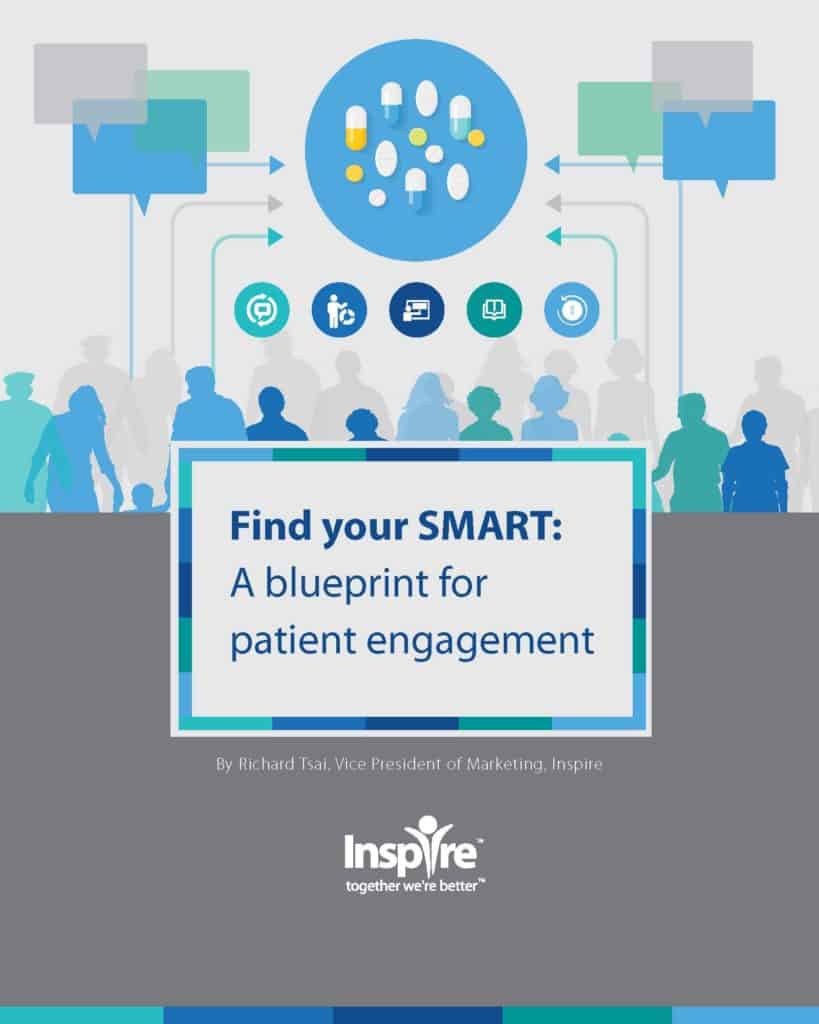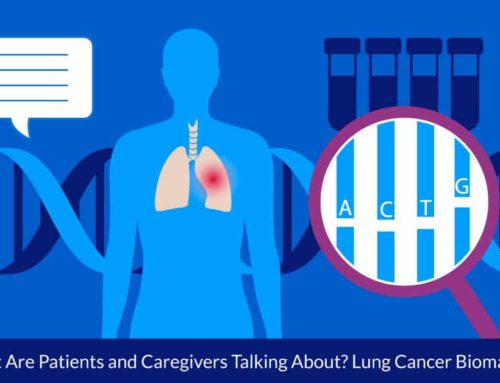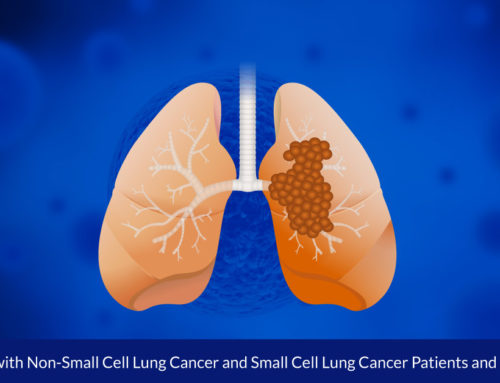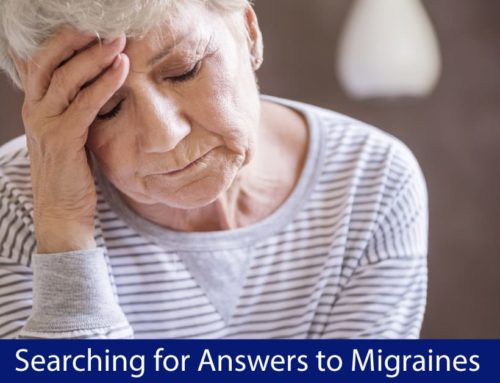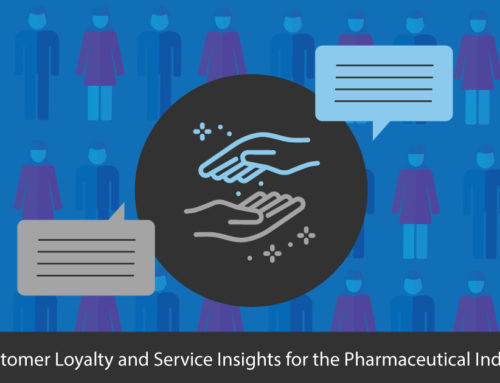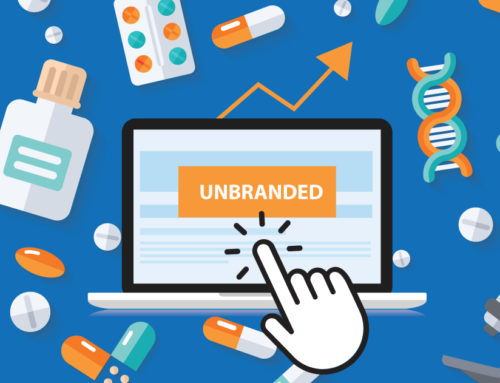Can Patient-Generated Health Communication on the Internet Enhance Pharmacovigilance? (Part 1)
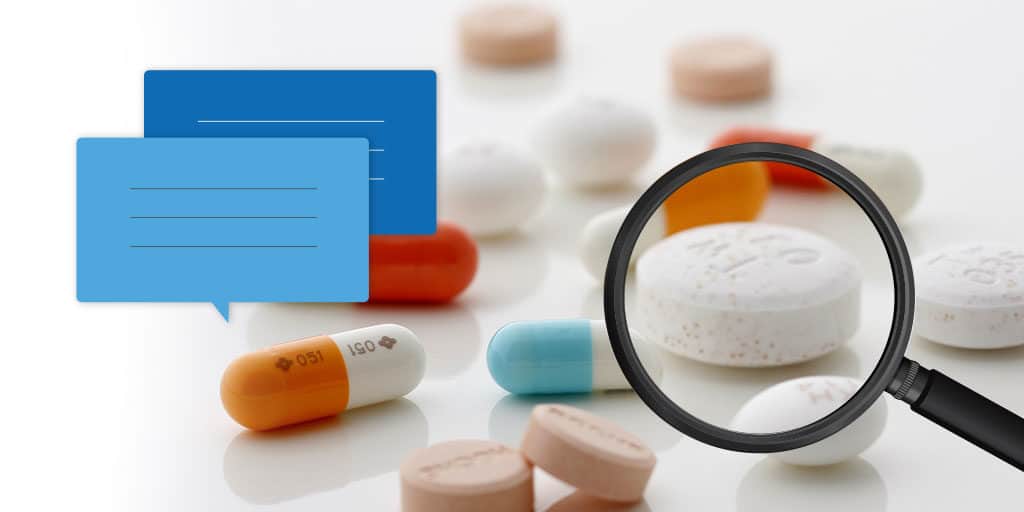
Spontaneous reporting of adverse drug reactions by health care providers has been the keystone of pharmacovigilance. Yet health care providers tend to under-report for a variety of reasons including lack of time, complacency, indifference, fear of medico-legal consequences or their uncertainty of the causal relationship between medication and condition.1
An unexpected opportunity to supplement spontaneous provider reliant reporting may be at hand. Communication about personal health that occurs over the Internet could be a resource for pharmacovigilance. In June 2016, a think tank co-sponsored by the Drug Information Association (DIA) and the Cardiac Safety Research Consortium discussed the feasibility of using this source to obtain information on cardiac safety.2 Social listening, a technique to observe these publicly available interactions, might be used to obtain much needed access to patients across geographical and cultural divides, potentially in real–time.
Yet, the dream of utilizing this resource must meet the reality: converting the enormous amount of information on the Internet into meaningful data. A few studies have begun to explore what this might entail. One investigated publicly available data from Facebook and Twitter showing a way to translate these formats to useful data for safety monitoring.3 A second study tested a methodology to determine if it could discern the language of medication abuse in tweets. 4 A third study reviewed two years of posts from seven platforms, including Inspire, to look for the cardiac events– heart attack (myocardial infarction, MI) or atrial fibrillation (Afib)– connected to an actual patient. These events were then paired with electronic health records and claims data. A large number of posts (over 12,600) discussed these events. Using manual curation, only 58 posts had MI or Afib as an adverse event and of those just 46 posts (23 for MI and 23 for Afib) provided a drug name. Researchers noted that the time-intensive effort to obtain a small amount of information might be a barrier to this methodology.5
Although this study described challenges, the think tank discussed patient-generated health information found on Inspire as particularly rich with regards to specific patient-reported outcomes and the level of engagement of Inspire members. These factors might make Inspire a platform that is uniquely suited to pharmacovigilance.2
Future research is necessary to actually determine the value of Inspire’s patient-generated communications for the pharmaceutical industry. Would Inspire’s patient-generated health discussions be useful for pharmacovigilance? Additionally, what methodology should be used? Would it be possible to test a methodology that combines automation and human curation to uncover useful information in patient postings on Inspire?
In our next post, we share the results of that research.
Inspire offers a trusted community to patients and caregivers. Our goal with this blog, this website and our content is to provide the life science industry access to the true, authentic patient voice. In so doing, we support faithful operationalization of patient-centricity. Take a look at our case studies, eBooks and news outlet coverage.
Reference:
1 https://www.ncbi.nlm.nih.gov/pmc/articles/PMC3853673/
2 Seifert, H., et.al, (2017).Enabling Social Listening for Cardiac Safety Monitoring: Proceedings from a DIA-CSRC Co-sponsored Think Tank, shared privately.
3 Powell GE, Seifert HA, Reblin T, et al. Social media listening for routine post-marketing safety surveillance. Drug Saf. 2016; 39:443-445.
4 Sarker A, O’Connor K, Ginn R, et al. Social medial mining for toxicovigilance: automatic monitoring of prescription medication abuse from Twitter. Drug Saf. 2016;39:231-240.
5 http://cardiac-safety.org/wp-content/uploads/2016/06/S1_5_Donzati.pdf

